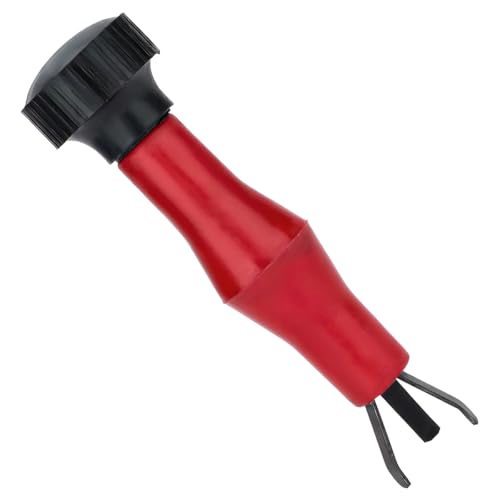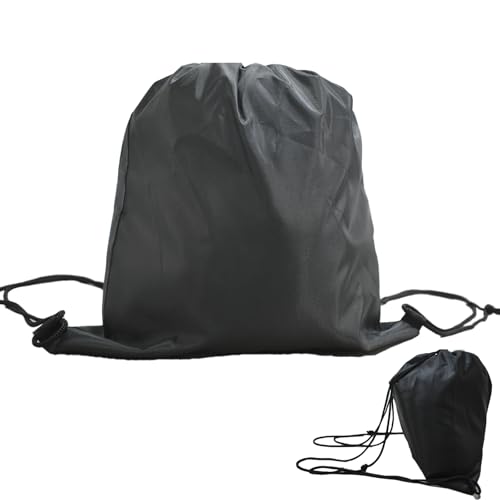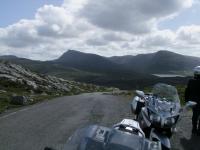rocketdoc
Well-known member
- Joined
- Jul 7, 2005
- Messages
- 324
- Reaction score
- 0
While we are all waiting for more pictures and an update on this project, I will throw my .02 cents worth in on the power /mileage discussion. I understand that reducing the weight of the bike's load by 12 lbs. is like adding one hp. I read this a few years ago. So if you lose 40 lbs. it would be like gaining 3.3 hp. This would not help your gas mileage but sure make it a lot more fun if you can appreciate the difference. Like acceleration mainly.
I know guys who have spent a shitload of money reducing the weight on their sport bike, while their gut just fatter and fatter....go figure!
I know guys who have spent a shitload of money reducing the weight on their sport bike, while their gut just fatter and fatter....go figure!






































































